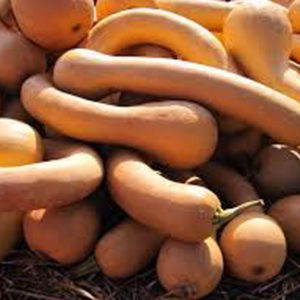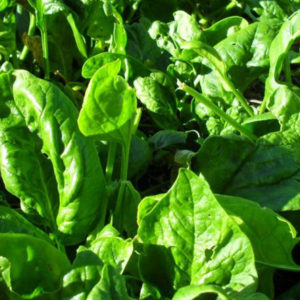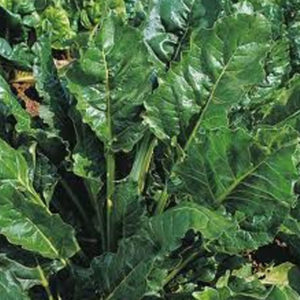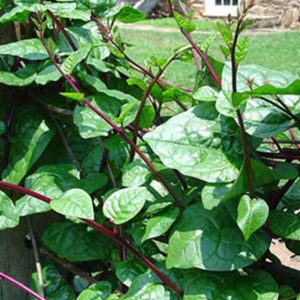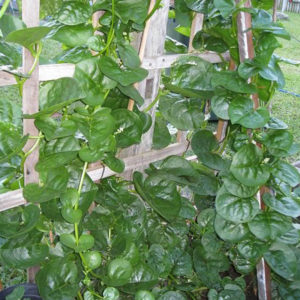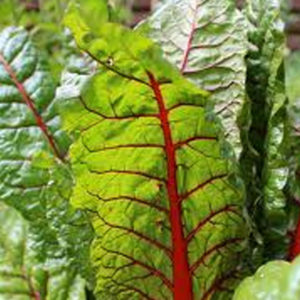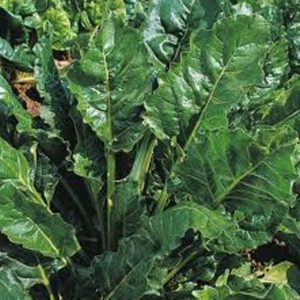Cucurbita moschate An unusual ‘pumpkin’ in that it’s delicious while still young, picked and eaten like a squash or zucchini. Allowed to mature the skin hardens then Tromboccini should be eaten like a pumpkin. Not as sweet as some it still has great flavour and texture. When baked we added herbs and spices which it absorbed beautifully. Great watching the vines spread either on ground where squashes will ‘curl’ or on fence lines where squashes will hang straight.
-
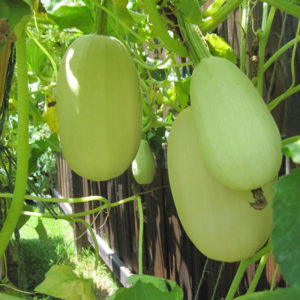 Cucurbita pepo I am often approached by my older customers seeking what they like to call a true squash. And this is the closest I can give them. Lovely flavour especially when roasted. To get the ‘spaghetti’ affect it needs baking. We cut in half, scoop out seeds, fill with eggs, cream, cheese and seasoning and bake first 20mins covered, last 10mins uncovered to crisp the top. Seriously yum.
Cucurbita pepo I am often approached by my older customers seeking what they like to call a true squash. And this is the closest I can give them. Lovely flavour especially when roasted. To get the ‘spaghetti’ affect it needs baking. We cut in half, scoop out seeds, fill with eggs, cream, cheese and seasoning and bake first 20mins covered, last 10mins uncovered to crisp the top. Seriously yum. -
Out of stock
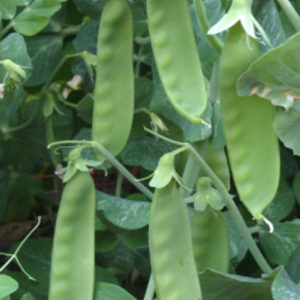 Pisum sativum This green devil dark green snowpea offers good pod shape at 11cm long and good disease resistance.
Pisum sativum This green devil dark green snowpea offers good pod shape at 11cm long and good disease resistance. -
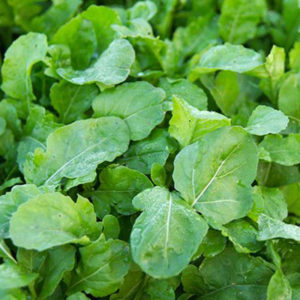 Eruca sativa An annual plant commonly known as salad rocket, arugula, colewort. A unique flavour with a hint of heat if grown during the cool months and lots of heat in the hot months. Side picked for salads since the Roman times rocket is used for everything from salads to additions to pizzas. Grow direct all year round.
Eruca sativa An annual plant commonly known as salad rocket, arugula, colewort. A unique flavour with a hint of heat if grown during the cool months and lots of heat in the hot months. Side picked for salads since the Roman times rocket is used for everything from salads to additions to pizzas. Grow direct all year round. -
Out of stock
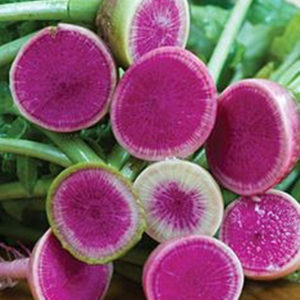 Raphanus sativus Originating from the Daikon family this lovely white radish with deep pink flesh looks beautiful sliced into all dishes. Growing habits same as all radish though not liking hot summers.
Raphanus sativus Originating from the Daikon family this lovely white radish with deep pink flesh looks beautiful sliced into all dishes. Growing habits same as all radish though not liking hot summers.

